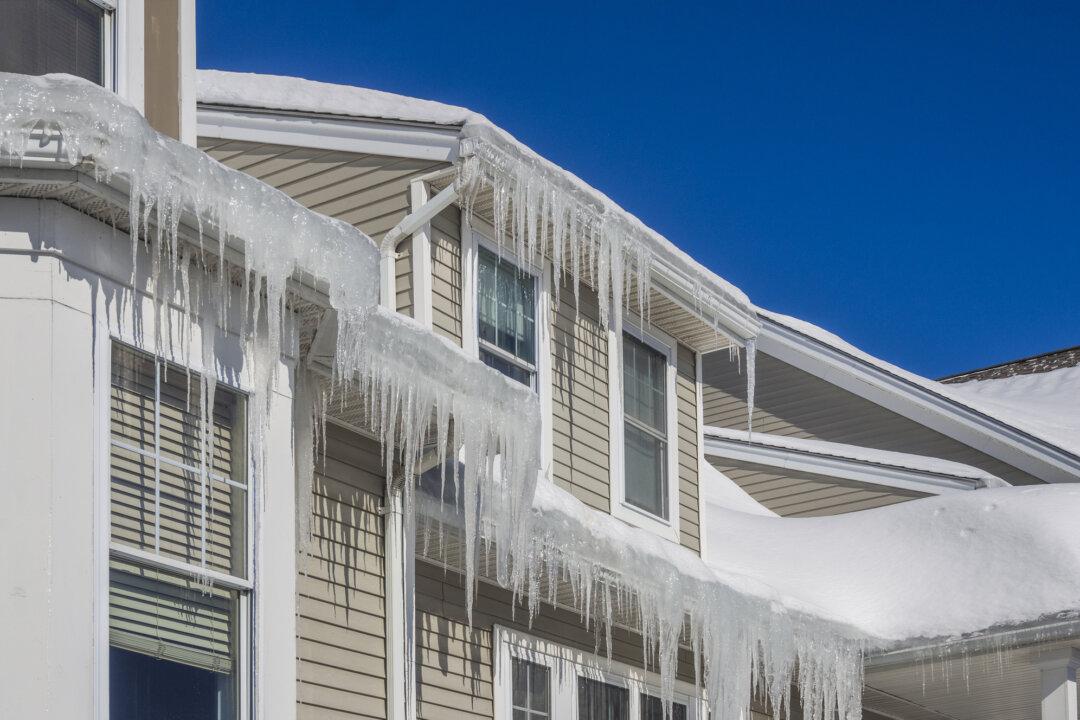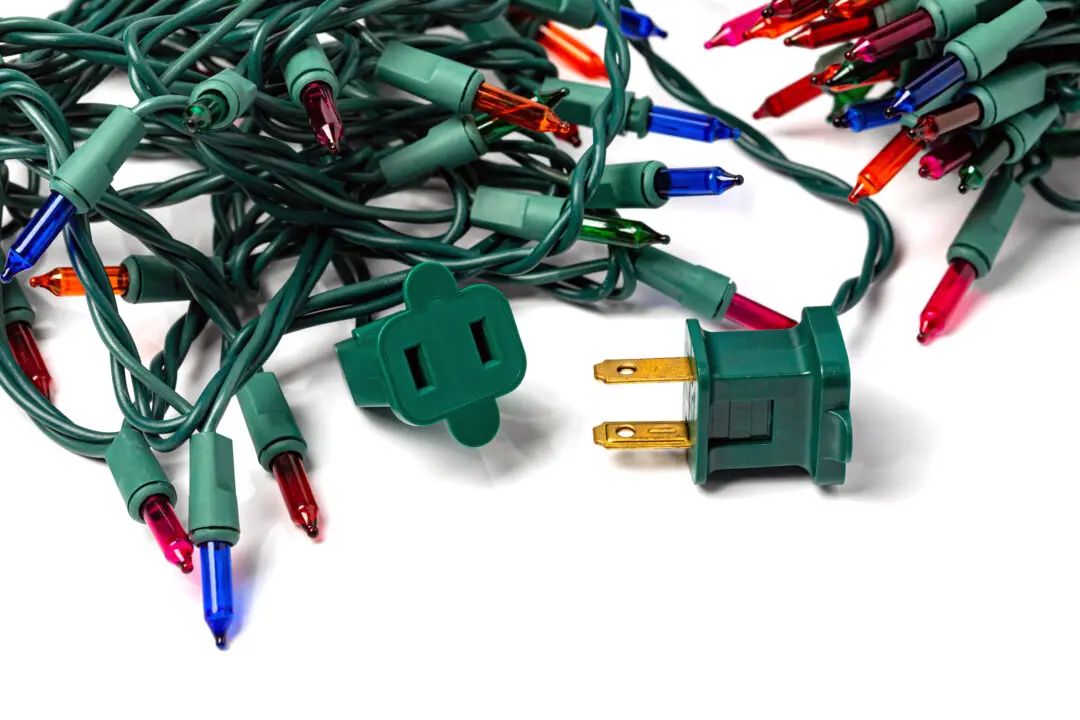By Paul F. P. Pogue
From Ask Angi
Your roof is one of the most highly visible and important elements of your home. It works every hour of every day to protect your home from the elements, including heat, driving wind and snow. It’s easy to think of your roof as a stalwart defender, but roof maintenance is critical. Once that steadfast defense cracks, you can find yourself in a world of trouble.






